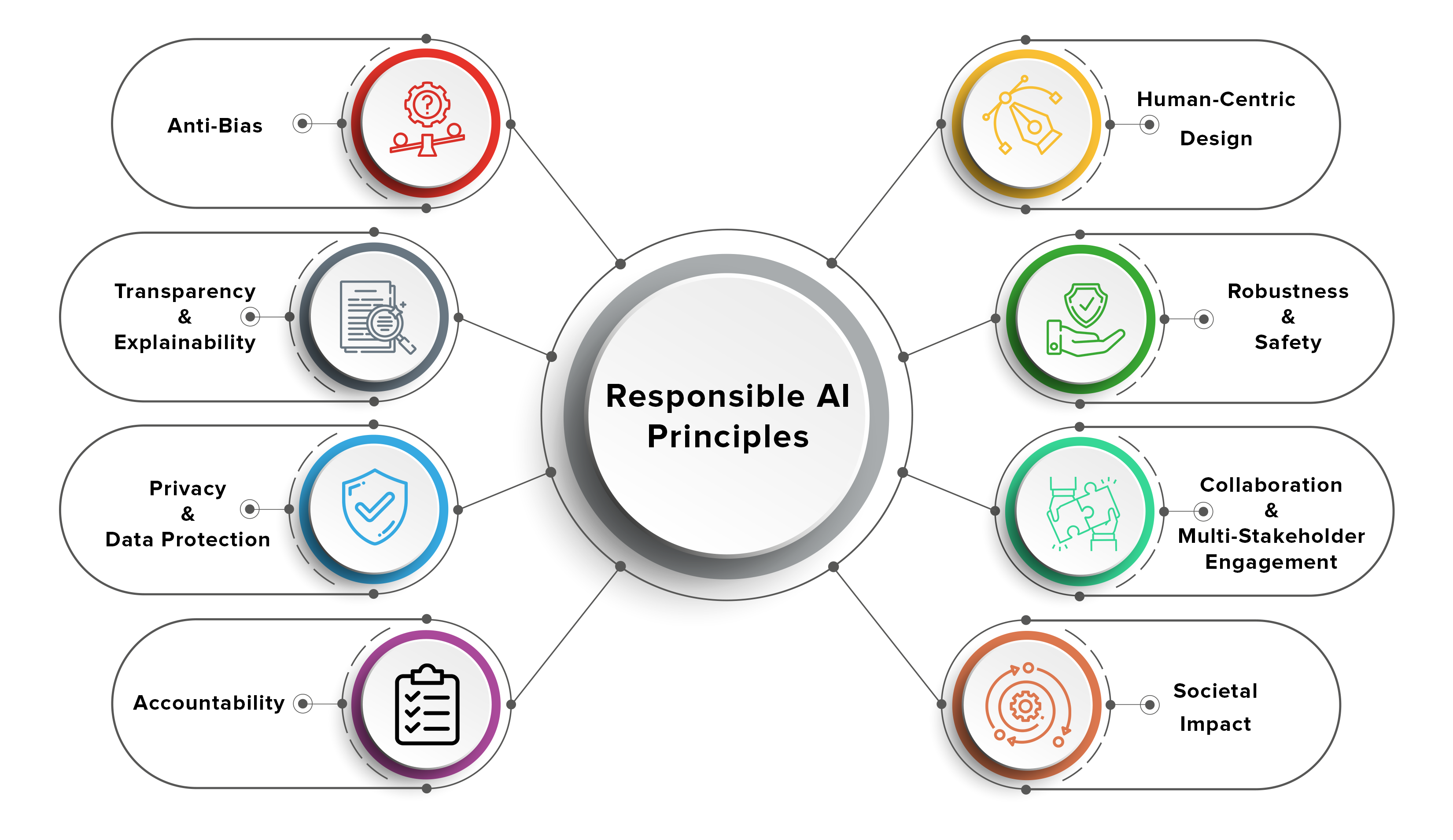Analyzing The Increased Rainfall In Western Massachusetts Due To Climate Change

Table of Contents
The Evidence of Increased Rainfall in Western Massachusetts
Data and Trends in Precipitation Levels
Analyzing historical rainfall data is crucial to understanding the current situation. Reliable sources like the National Oceanic and Atmospheric Administration (NOAA) and the United States Geological Survey (USGS) provide invaluable long-term datasets for Western Massachusetts. Examination of this data reveals a clear upward trend in annual precipitation. For instance, several years in the past decade have recorded rainfall totals significantly exceeding historical averages. Charts and graphs, readily available from NOAA's climate data portal, visually illustrate this alarming trend, particularly when comparing data from various weather stations across the region, such as those located in Amherst, Springfield, and Pittsfield.
- Historical rainfall data from NOAA and USGS stations in Western MA show a statistically significant increase over the past 30 years.
- Specific examples: 2011, 2018, and 2023 witnessed unusually high rainfall totals, leading to significant flooding events.
- Data visualization: Charts and graphs clearly demonstrate the increasing trend in annual and seasonal precipitation.
Statistical Analysis and Significance of the Trend
The observed increase in rainfall isn't merely anecdotal; it's statistically significant. Researchers employ various statistical methods, including trend analysis and regression modeling, to confirm this trend. The results demonstrate a strong positive correlation between time and precipitation levels, exceeding the margin of error, confirming the significance of the observed increase. Furthermore, comparing Western Massachusetts's trends to regional and national averages reveals that the increase here is more pronounced than in many other areas, highlighting the vulnerability of this specific region.
- Statistical methods used: Trend analysis, regression modeling, and hypothesis testing confirm the significance of increased rainfall.
- Comparison to regional and national trends: Western Massachusetts shows a higher rate of increase compared to many other areas.
- Significance level: The observed trend surpasses the statistical significance threshold, confirming its reliability.
The Link Between Climate Change and Increased Rainfall
The Science Behind Increased Precipitation
The increase in rainfall in Western Massachusetts is directly attributable to climate change. Warmer air holds more moisture, leading to heavier precipitation events. This fundamental principle of atmospheric thermodynamics explains a core component of the problem. Furthermore, the increased frequency and intensity of atmospheric rivers—long, narrow bands of concentrated moisture in the atmosphere—contribute significantly to extreme rainfall events in the region. Changes in jet stream patterns, also influenced by climate change, further exacerbate this phenomenon by steering more moisture-laden air masses towards Western Massachusetts.
- Warmer air holds more moisture: A basic principle of atmospheric science explains the increased capacity for rainfall.
- Increased frequency of atmospheric rivers: These weather systems deliver significant amounts of precipitation in short periods.
- Altered jet stream patterns: Changes in jet stream behavior steer more moisture towards Western Massachusetts.
Modeling Future Rainfall Projections for Western Massachusetts
Climate models, sophisticated computer simulations of the Earth's climate system, project continued increases in rainfall for Western Massachusetts. These models, such as those developed by the IPCC and NOAA, paint a concerning picture, predicting higher intensity and frequency of extreme rainfall events in the coming decades. Different emission scenarios are factored into these projections, highlighting the potential for even more severe impacts if greenhouse gas emissions remain unchecked. The results emphasize the urgent need for proactive mitigation and adaptation strategies.
- Climate models predict further increases in rainfall intensity and frequency.
- Specific models used: IPCC AR6 reports and NOAA Global Forecast System models are commonly cited examples.
- Emission scenarios: High-emission scenarios project even more dramatic increases in rainfall.
Consequences of Increased Rainfall in Western Massachusetts
Increased Flooding and Infrastructure Damage
The increased rainfall translates directly into more frequent and severe flooding events. This leads to significant damage to roads, bridges, culverts, and other critical infrastructure. The economic costs associated with flood damage, including repairs, lost productivity, and displacement, are substantial and continually rising. Specific examples, such as the devastating floods of [insert specific example year(s)], highlight the real-world impact of this increased precipitation on communities and businesses.
- Increased frequency and severity of flooding events damage infrastructure.
- Economic costs: Repair costs, business interruptions, and displacement represent significant financial burdens.
- Examples: Specific instances of damaging flood events in Western Massachusetts underscore the severity of the issue.
Environmental Impacts on Ecosystems and Water Resources
The increased rainfall also significantly impacts the region's ecosystems and water resources. Rivers and streams experience increased erosion, altered flow regimes, and water quality changes. These changes negatively affect aquatic life and the overall health of the ecosystem. Changes in water quality from increased runoff can also harm terrestrial ecosystems and surrounding vegetation. Specific examples of impacted ecosystems, such as changes in local fish populations or the degradation of wetlands, demonstrate the far-reaching consequences.
- Increased erosion and altered flow regimes in rivers and streams damage aquatic habitats.
- Water quality changes: Runoff increases pollutant levels in waterways.
- Impacts on terrestrial ecosystems: Changes in water availability and soil conditions affect flora and fauna.
Public Health Concerns
Increased flooding poses significant public health risks. The risk of waterborne diseases increases after heavy rainfall events, due to contaminated floodwaters. Furthermore, the stagnant water after floods can become breeding grounds for disease-carrying insects. Additionally, air quality may be impacted following extreme rainfall events, particularly due to increased mold growth in damaged buildings. These considerations are crucial in understanding the wide-ranging consequences of climate change-driven rainfall.
- Increased risk of waterborne diseases from contaminated floodwaters.
- Impact on air quality: Mold growth and other air pollutants may rise following floods.
- Increased incidence of vector-borne diseases: Standing water facilitates the breeding of disease-carrying insects.
Mitigation and Adaptation Strategies
Improving Stormwater Management Infrastructure
Addressing the increased rainfall requires significant improvements to stormwater management infrastructure. Investing in upgraded drainage systems, larger culverts, and improved retention ponds is crucial. Furthermore, implementing green infrastructure solutions, such as rain gardens, permeable pavements, and bioswales, offers environmentally friendly and effective strategies to manage stormwater runoff. Integrating these techniques into urban planning is essential for mitigating future flooding events.
- Upgraded drainage systems and larger culverts improve water flow capacity.
- Green infrastructure: Rain gardens, permeable pavements, and bioswales reduce runoff.
- Urban planning: Integrating green infrastructure into urban design is critical for flood mitigation.
Community Preparedness and Emergency Response Planning
Effective community preparedness and emergency response planning are essential. Community education and awareness programs can educate residents on flood risks and safety measures. Investing in early warning systems, robust evacuation plans, and well-trained emergency response teams are equally important. Regular drills and community exercises can improve preparedness and coordination.
- Community education and awareness: Educating residents on flood safety and preparedness is vital.
- Early warning systems: Providing timely warnings allows for effective evacuations and response.
- Emergency response teams: Well-trained and equipped teams ensure efficient response to flooding events.
Policies and Regulations to Address Climate Change
Addressing the root cause of increased rainfall—climate change—requires strong policy interventions. Government policies aimed at reducing greenhouse gas emissions are crucial. This includes investing heavily in renewable energy sources, promoting energy efficiency, and implementing carbon pricing mechanisms. These policies, while addressing a global issue, will have significant local benefits in reducing the intensity of future rainfall events in Western Massachusetts.
- Reducing greenhouse gas emissions: Policies targeting emissions are crucial to mitigate climate change.
- Investing in renewable energy: Transitioning to clean energy reduces reliance on fossil fuels.
- Carbon pricing mechanisms: Implementing carbon taxes or cap-and-trade systems incentivize emissions reduction.
Conclusion
The significant increase in rainfall in Western Massachusetts is undeniably linked to climate change, presenting serious challenges to infrastructure, ecosystems, and public health. The consequences, ranging from frequent flooding and infrastructure damage to environmental degradation and public health risks, demand immediate attention. Addressing this issue requires a multi-pronged approach involving improved stormwater management infrastructure, enhanced community preparedness, and strong policy actions aimed at mitigating climate change. The continued analysis of increased rainfall in Western Massachusetts and its evolving implications for the future necessitates further research and consistent community engagement. We must act now to implement effective mitigation and adaptation strategies to protect our communities and environment from the escalating impacts of climate change-driven rainfall. Learn more about climate change and its local effects, participate in community initiatives, and advocate for policies that reduce greenhouse gas emissions and improve stormwater management. The future of Western Massachusetts depends on our collective response to this challenge.

Featured Posts
-
 Chase Sextons Hangtown Absence Pro Motocross Impact
May 31, 2025
Chase Sextons Hangtown Absence Pro Motocross Impact
May 31, 2025 -
 Post Dragons Den Success Entrepreneur Announces 40 Profit Rise
May 31, 2025
Post Dragons Den Success Entrepreneur Announces 40 Profit Rise
May 31, 2025 -
 Former Dragons Den Star On Men In Womens Changing Rooms A Strong No
May 31, 2025
Former Dragons Den Star On Men In Womens Changing Rooms A Strong No
May 31, 2025 -
 The Limitations Of Ai Learning A Guide To Responsible Implementation
May 31, 2025
The Limitations Of Ai Learning A Guide To Responsible Implementation
May 31, 2025 -
 Decoding Veterinary Watchdog Complaints Fact From Fiction
May 31, 2025
Decoding Veterinary Watchdog Complaints Fact From Fiction
May 31, 2025
